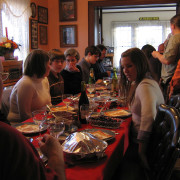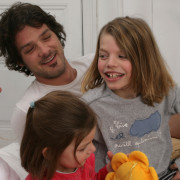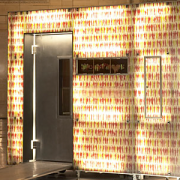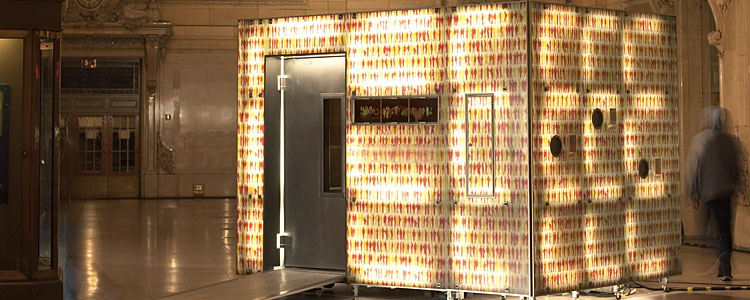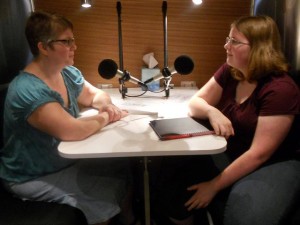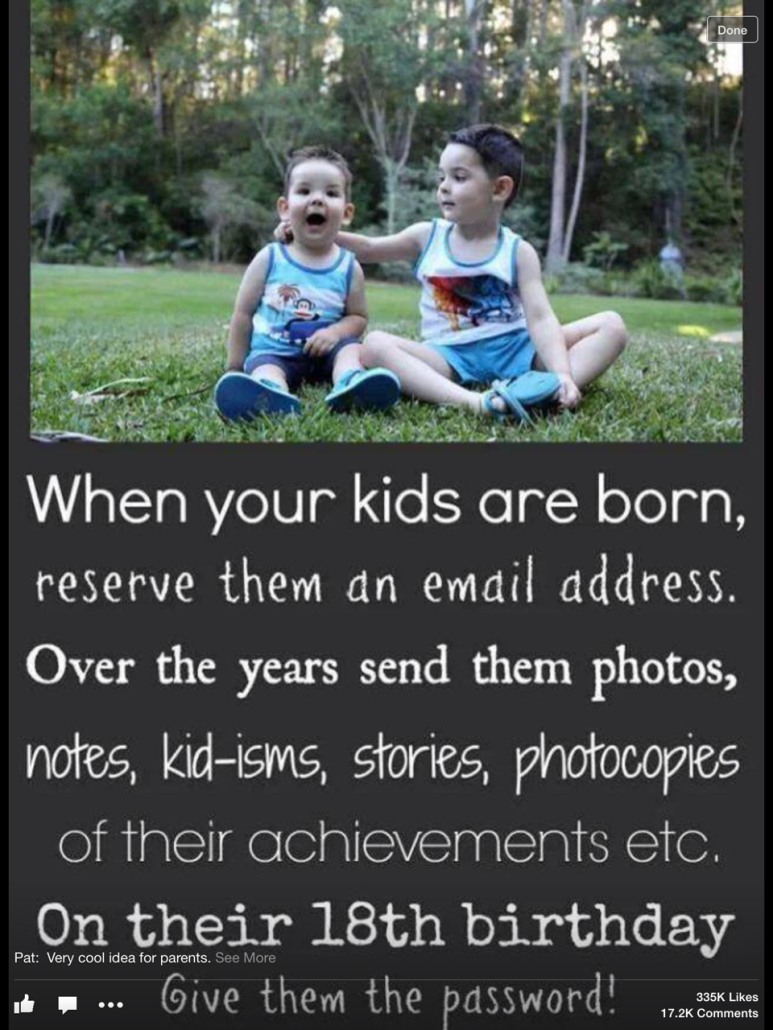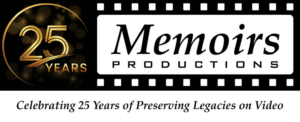It’s Time for Turkey and Storytelling this Thanksgiving!
Thanksgiving is a special holiday – a day set aside for spending time with family and for giving thanks. Marking the beginning of what for some is the most hectic time of year, it’s a busy day filled with cooking turkey, Macy’s Parade and watching and/or playing football.
Perhaps the most important item on our long To-do list should be to take time at Thanksgiving to listen to our elders talk about family traditions and tell their stories. With today’s smartphones placed in the center of the dining table, it’s easy to either set up the video or voice memo (audio recording) options, or the StoryCorps app (see below) and then leave it running the whole time. Don’t forget to make sure it’s fully charged!
Preserving Family Stories
How do we get the conversation flowing? James (Jay) Hughes, renowned Family Consultant and author of Family Wealth: Keeping it in the Family and The Compact Among Generations, suggests going around the dining room table, starting with the youngest and moving up the family asking each person to share a story they remember of an older family member. When you think about that concept, the eldest telling a story of their elder to a grand or great-grandchild, can span and touch up to 250 years of a family’s history in a single sitting!
Around the Dining Room Table
Dave Isay, founder of StoryCorps (see our October Blog), believes that in these very conversations lies the bridge from the past to the future and with it a better understanding of who we are. This Thanksgiving, Isay aims to create a mass movement to capture the stories of elders (defined as 65+) across the US with The Great Thanksgiving Listen. He believes that recording the stories of this generation represents a wealth of wisdom and knowledge we can all benefit from and that must not be lost.
Once everyone has had their turn, invite elders to tell their own stories. If there’s hesitation or you’re unsure how to get started, Isay recommends asking the following questions in his TED article How to Unlock Your Family History:
- What was your childhood like?
- Tell me about the traditions that have been passed down through our family. How did they get started?
- What are your most vivid memories of school?
- How did you meet your spouse?
- What piece of wisdom or advice would you like to share with future generations?
Isay and we at Memoirs believe it is question number 5 that is the most important. “This is the person speaking to the future – directly to their great-great-great-grandkids – and letting them know what they’ve learned,” he says. It is one thing to know we need to ‘live life without regret’ or that we need to ‘spend enough time with the people we care about the most’. It can be an entirely different thing to hear it from someone close to you. “Their answer might just shake you up,” Isay says.
Get in on the Action
Although The Great Thanksgiving Listen is aimed at encouraging high school students to interview an elder, we encourage everyone to get in on the action. All you need is your smartphone (fully charged!) and the StoryCorps app. Simply download and follow the prompts. After pressing record, listen. After all, a story unheard is as good as a story untold.
Wishing you blessings of health, happiness and loving family times this Thanksgiving and always,
Iris and her team at Memoirs Productions

